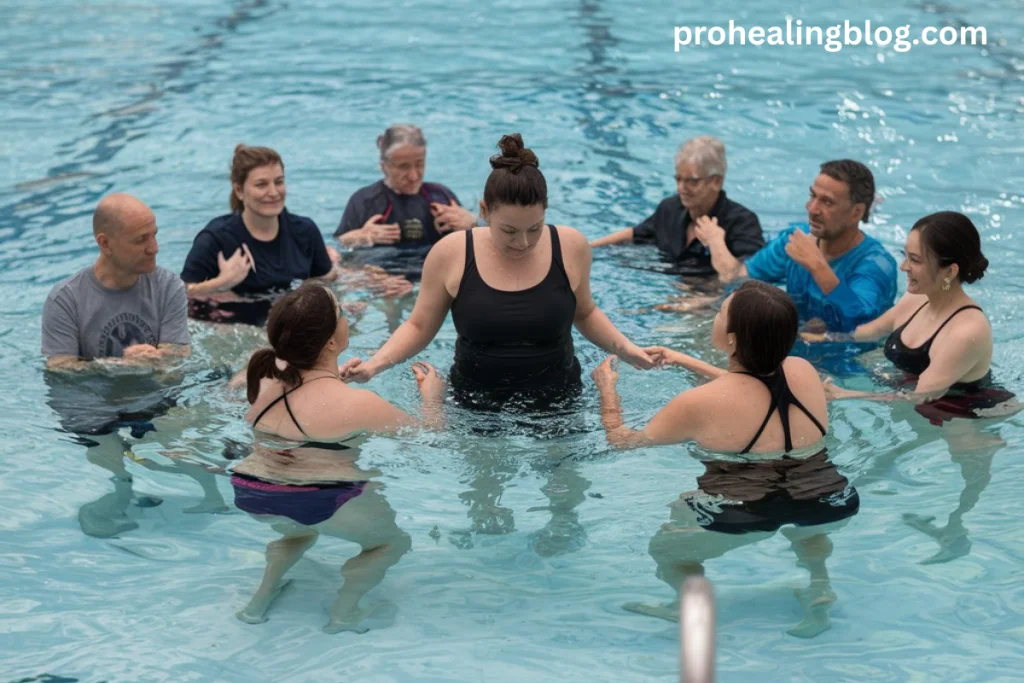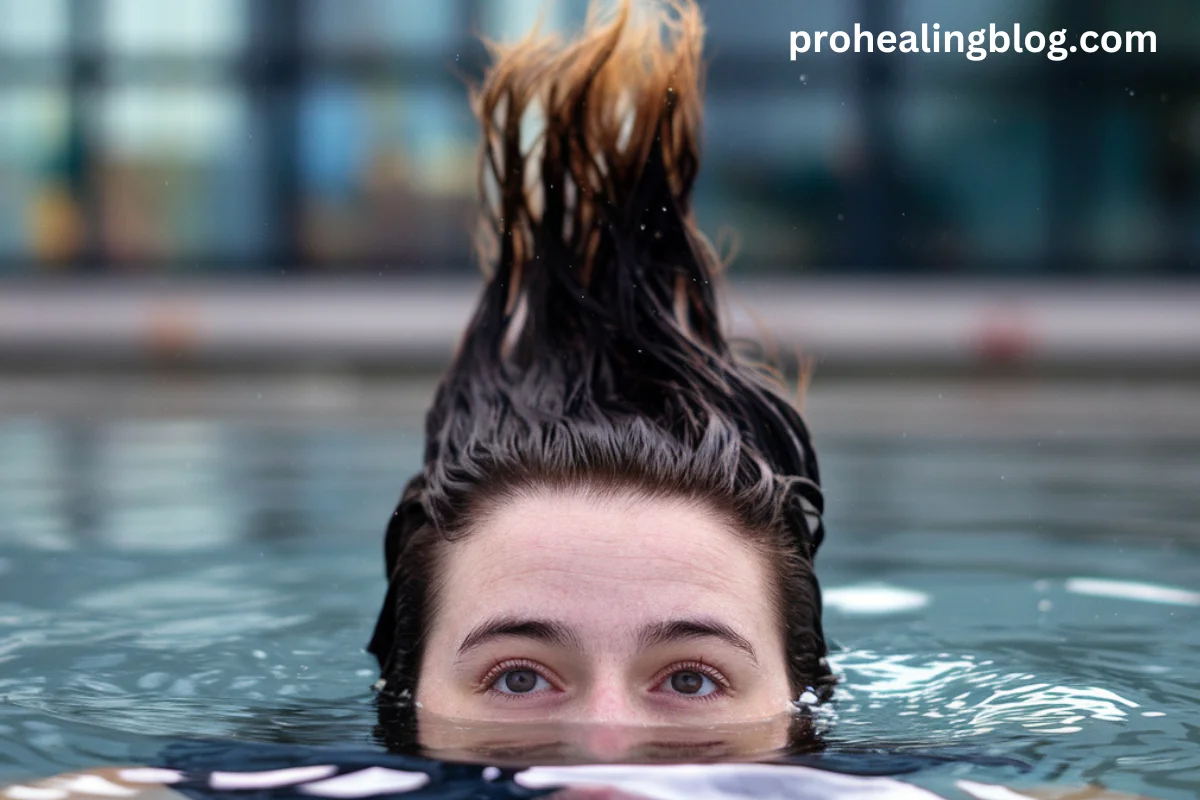Aquatic therapy has gained significant attention for its potential in promoting healing and recovery. It involves performing exercises in water, using the properties of water to assist movement and reduce stress on the body. With its buoyancy, water offers a unique environment for rehabilitation, making it a popular choice for individuals dealing with injuries, chronic pain, or mobility issues. However, despite the many benefits, there are also drawbacks that should be considered before opting for this type of therapy.
What is Aquatic Therapy?
Aquatic therapy, also known as water therapy, is a form of rehabilitation that involves performing exercises in water to improve physical function, reduce pain, and promote healing. The buoyancy of water reduces the impact on joints and muscles, making it an ideal option for individuals with injuries, arthritis, or limited mobility. It utilizes the unique properties of water, such as its resistance and ability to support the body, to help strengthen muscles, improve flexibility, and enhance cardiovascular health. Aquatic therapy is often used in rehabilitation settings but can also benefit those looking to improve overall fitness or recover from surgery.
The Benefits of Aquatic Therapy
- Pain Relief and Reduced Joint Stress
One of the most significant advantages of aquatic therapy is its ability to reduce the stress placed on joints. The buoyancy of water supports the body’s weight, which minimizes pressure on the joints, making it easier to perform exercises without aggravating pain. This can be especially beneficial for individuals with arthritis, joint injuries, or those recovering from surgery. - Improved Mobility and Flexibility
The resistance of water provides a low-impact environment where individuals can engage in exercises that promote joint mobility and flexibility. The water’s resistance offers a natural form of resistance training that helps to build strength while protecting the body from overexertion or injury. This makes it a perfect option for those with limited mobility, helping them regain movement in a controlled and supportive environment. - Rehabilitation and Injury Recovery
For those recovering from injuries, aquatic therapy can speed up the rehabilitation process. The water’s buoyancy allows for safer movements and greater freedom during exercises, encouraging quicker recovery times. Studies have shown that people recovering from surgeries, like hip replacements or knee surgeries, can benefit significantly from aquatic therapy by reducing swelling and enhancing the range of motion. - Muscle Strengthening and Endurance
Aquatic therapy also provides an excellent workout for strengthening muscles. The resistance offered by the water helps build muscle strength and endurance while minimizing the risk of strain or overuse injuries. It can also be an ideal form of exercise for older adults who want to maintain or improve muscle tone without stressing their bodies. - Enhanced Cardiovascular Health
Aquatic exercises, like water aerobics or swimming, can improve cardiovascular health by increasing heart rate without putting excess strain on the heart. The water’s resistance helps improve circulation, which can be beneficial for individuals with heart disease or other circulatory issues.

Why Aquatic Therapy May Not Be Ideal for Everyone
While aquatic therapy offers numerous benefits, it may not be suitable for everyone. Here are some reasons why it might not be the right choice for certain individuals:
- Access to Facilities
One of the biggest drawbacks is the accessibility of aquatic therapy. Not everyone has access to a pool or aquatic therapy center. For individuals living in remote areas, the time and cost involved in traveling to these facilities can be prohibitive. - Limited Impact for Severe Conditions
Although aquatic therapy is excellent for rehabilitation and mild to moderate pain relief, it may not be sufficient for individuals with severe conditions. For example, people with advanced neurological disorders or those experiencing severe disability may require more intensive or specialized care that aquatic therapy alone cannot address. - Risk of Infection
Public pools or improperly maintained therapy pools can pose a risk for infections, particularly for individuals with compromised immune systems. Contaminated water or unsanitary conditions may lead to skin infections, respiratory issues, or other health complications. - Not a Substitute for Other Therapies
While aquatic therapy can be an excellent supplementary treatment, it is generally not a substitute for traditional rehabilitation therapies. People with severe injuries or complex conditions may need a combination of therapies (such as physical therapy, occupational therapy, or surgical interventions) to achieve full recovery. Relying solely on aquatic therapy might delay the process of healing for some individuals. - Not Effective for Weight Loss Alone
- Aquatic therapy is not designed for weight loss. It shouldn’t be relied upon as the sole method for losing weight. Water-based exercises are great for fitness but should be part of a larger health plan. This plan should include proper nutrition and regular physical activity.
User Statistics: Aquatic Therapy in Use
According to recent surveys, 63% of individuals who underwent aquatic therapy reported significant improvements in mobility and pain reduction. Moreover, 55% of patients with chronic pain conditions, such as arthritis, found relief and better quality of life after consistent aquatic therapy sessions.
In the rehabilitation field, over 70% of physical therapists recommend aquatic therapy as a complementary treatment for patients recovering from joint surgeries or musculoskeletal injuries. Additionally, 40% of older adults enrolled in aquatic therapy programs have reported improved balance, strength, and overall fitness levels.
Health and Healing Perspective: A Balanced Approach
From a health and healing perspective, aquatic therapy can be an excellent option for many individuals, especially those who need a gentle, low-impact way to rehabilitate or improve their fitness. However, it is essential to remember that no single therapy works for everyone. To achieve the best possible results, aquatic therapy should be combined with other forms of rehabilitation, strength training, and lifestyle adjustments.
Consulting with a healthcare provider before beginning aquatic therapy is essential. They can assess whether this form of treatment is appropriate for your condition and help design a customized plan that aligns with your recovery goals.
Conclusion
Aquatic therapy offers numerous benefits, from pain relief and improved mobility to faster recovery times and better cardiovascular health. However, it may not be the best option for everyone. Before starting aquatic therapy, it’s crucial to weigh the pros and cons. Make sure it’s the right fit for your needs. Aquatic therapy offers a low-impact, supportive environment, making it a powerful recovery tool. However, be mindful of its limitations. Always consider a comprehensive treatment approach for the best results.






